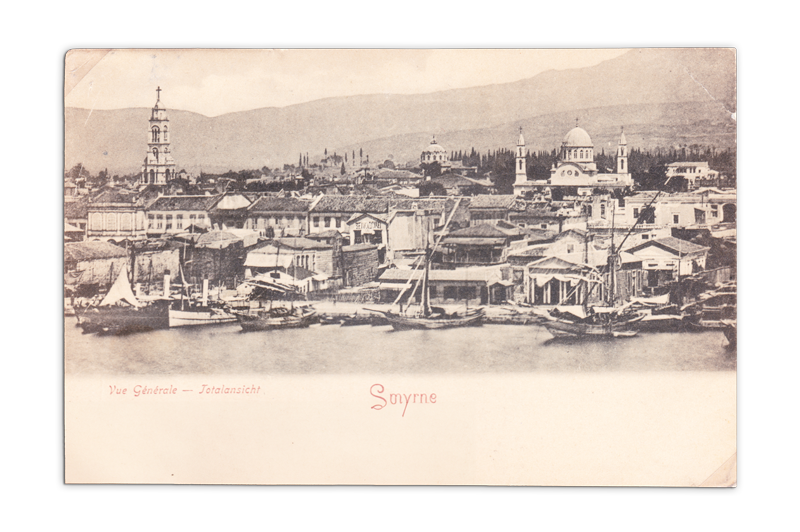As commercial activities expanded in İzmir, people from various nations—not only from within the country but also from abroad—migrated to the city to seize new opportunities. In this context, the regions from which İzmir received the most migration were other parts of Western Anatolia, the Aegean Islands, and mainland Greece. As Greeks migrated to İzmir for trade, the community formed by the newly arriving Greeks and those already residing there grew significantly. Over time, Greeks became the second-largest demographic group in İzmir after the Turks. According to official records from 1914, just before World War I, İzmir had a total population of approximately 640.000, with 380.000 Turks and 220.000 Greeks.
With the Industrial Revolution, supplying raw materials to factories became a crucial commercial activity. From the late 18th century onward, İzmir, along with its hinterland, emerged as a key raw material supply region for European industry. This development led to a new trade network extending deep into Western Anatolia, involving both European and local merchants. Greeks played a significant role in this trade network as local merchants, managing a large portion of commerce with Europe. As a result, increased prosperity became evident through newly constructed buildings. The Aya Fotini Cathedral and its Bell Tower, which served as the metropolitan center, held particular importance as the religious hub of the Greek community in İzmir.
